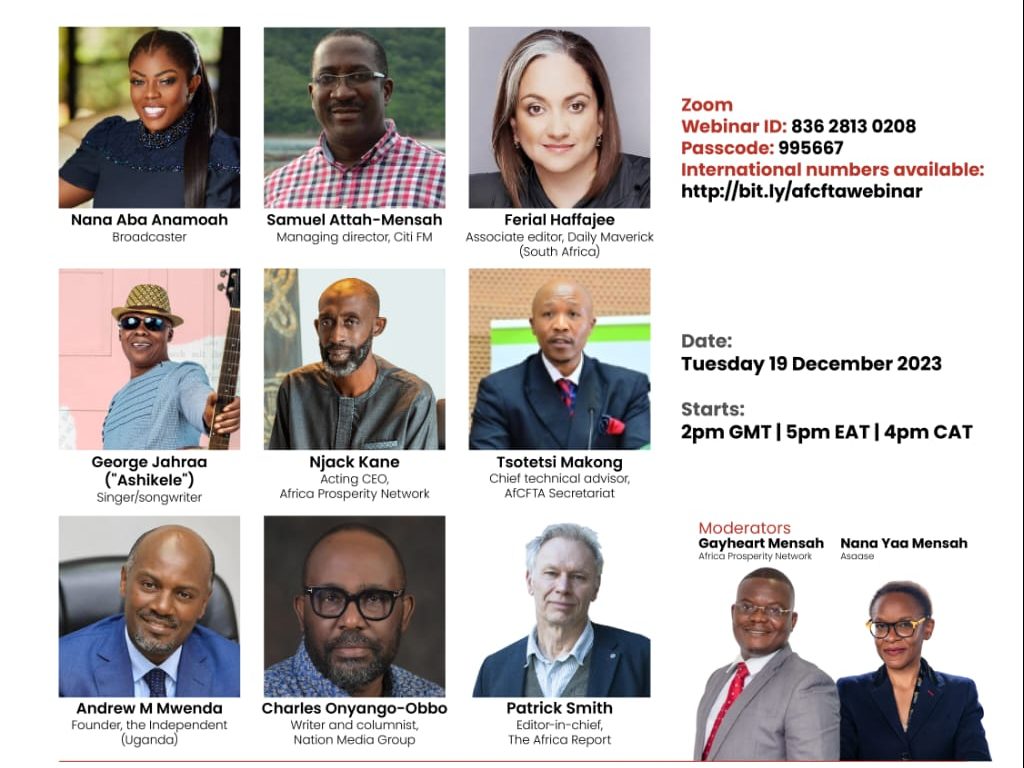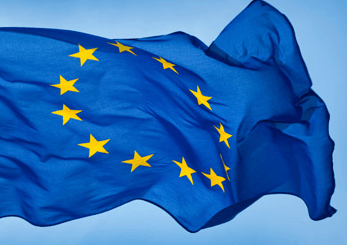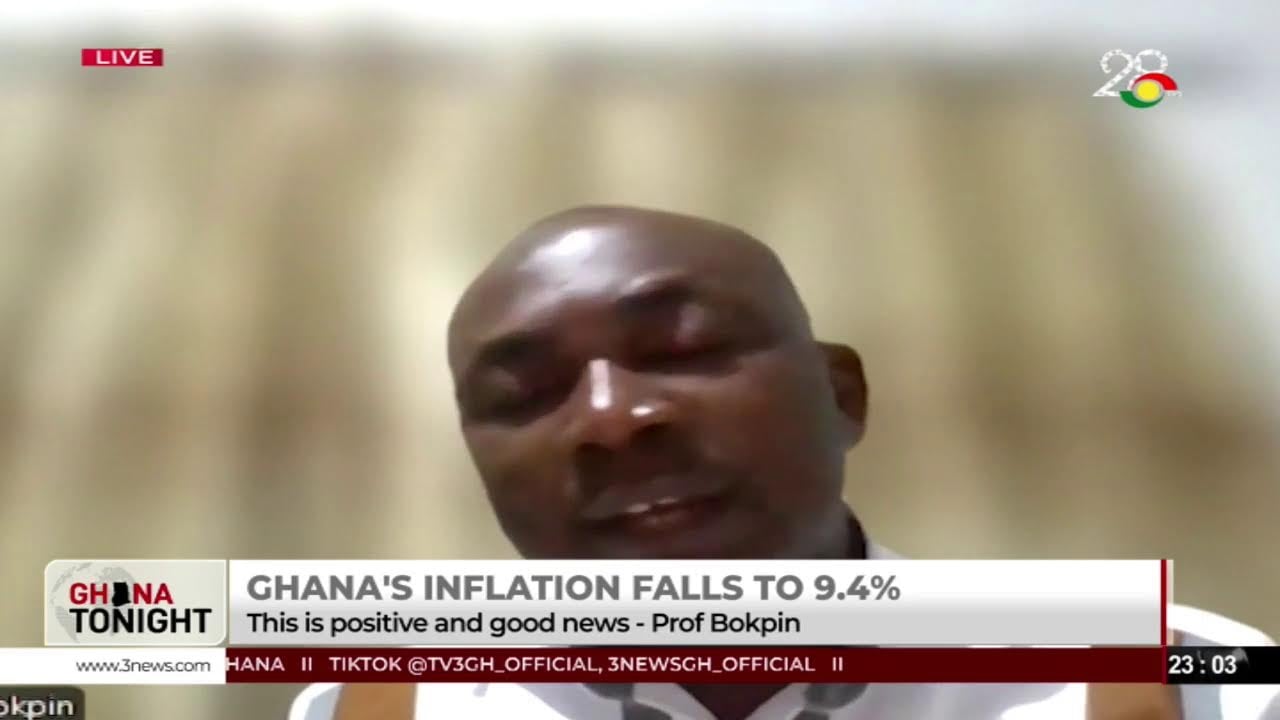
… bows out with call for finance-driven integration
By Ebenezer Chike Adjei NJOKU & Solange BANSON
Professor Benedict Oramah, outgoing president and chairman of the African Export-Import Bank (Afreximbank), has declared that Africa’s trade and integration project remains alive and thriving despite persistent structural and financial challenges across the continent.
Delivering his farewell lecture at the AfCFTA Secretariat in Accra, Prof. Oramah argued that trade finance has become the African Continental Free Trade Area’s (AfCFTA) lifeblood – bridging the gap between high-level treaties and day-to-day business transactions.
“The nexus between trade finance, industrial development and economic integration is no longer a theory. It is a practical reality that has allowed the AfCFTA to move from vision to implementation,” he said.
“Our destiny is in our hands. The more we realise it, the more we act accordingly,” he added.
The lecture, held under the theme ‘The Nexus Between Trade Finance, Industrial Development and Economic Integration in Africa: The Role of Afreximbank‘, marked the culmination of a decade in which Afreximbank’s balance sheet grew from US$5billion in 2015 to US$37billion in 2023 – positioning it as one of Africa’s most significant financial institutions.
Finance as the backbone of integration
Prof. Oramah highlighted Afreximbank’s interventions to support the AfCFTA Secretariat since its inception in 2020, stressing that without financial backing the project might have faltered. He cited the Bank’s Intra-African Trade Strategy launched in 2016 with a commitment of US$20billion by 2022, which exceeded its target and demonstrated that intra-African trade can be a “bankable proposition”.
Among the Bank’s flagship initiatives, the African Trade Facilitation Programme (AFTRAF) has onboarded over 500 of Africa’s 600 commercial banks – extending trade credit and letters of credit confirmation lines worth more than US$5billion, with an aggregate target of US$8billion.
He also pointed to the Pan-African Payment and Settlement System (PAPSS), which addresses the estimated US$5billion annual cost of currency conversion on the continent by allowing settlement in local currencies.
“An exporter in Kenya and an importer in Ghana can now settle trade in African currencies without relying on the US dollar or euro,” he said, calling it especially crucial for small- and medium-sized enterprises.
Meanwhile, the Intra-African Trade Fair (IATF) – launched with the AfCFTA and African Union Commission – has generated more than US$160billion in trade and investment deals across four editions while attracting over 200,000 visitors. The agriculture economist – who will be succeeded by Dr. George Elombi – described it as “the AfCFTA marketplace” where policy frameworks meet commercial reality.
The AfCFTA Adjustment Fund, another joint creation, was established to ease the transition to tariff liberalisation. Afreximbank committed US$1billion of seed capital to its Credit Fund and provided a US$10million grant to operationalise the Base Fund, which helps governments offset revenue shortfalls.
Industrialisation at the core
Beyond liquidity and payments, Prof. Oramah stressed Afreximbank’s role in building Africa’s productive capacity. In 2024 alone, the Bank facilitated more than 50 industrial projects across all five regions including industrial parks in West Africa and a 60,000-barrel-per-day petroleum refinery in Southern Africa. It has also supported plans for a pan-African automotive value chain, linking component manufacturing in some countries to assembly plants in others.
He remarked that such projects are essential to shifting Africa from its reliance on commodities to producing the manufactured goods that will circulate under the AfCFTA.
AfCFTA tribute
In his welcome remarks, AfCFTA Secretary-General Wamkele Mene praised Prof. Oramah for helping the Secretariat “move from vision to implementation”, describing Afreximbank’s partnership as “a model of collaboration grounded in a shared commitment to Africa’s economic transformation”.
“Over the past five years, our work together has delivered tools traders can use,” Mr. Mene said, pointing to the Adjustment Fund, PAPSS, MANSA due diligence platform and the IATF. He added that integration “works only when trade keeps flowing”, crediting Afreximbank for sustaining supply chains during economic shocks.
Resilience
However, Oramah acknowledged that headwinds – particularly non-tariff barriers, uneven infrastructure and credit risks – continue to constrain trade.
“Customs officials must implement the new rules diligently; regulators must cooperate across borders; banks must extend credit; and businesses must innovate and take risks,” he cautioned, adding: “Above all, governments must resist the protectionist reflex when challenges arise”.
Still, he cast the AfCFTA as historic in scale – not merely as another trade agreement but a structural turning point for the continent. He noted that with 54 signatories and a combined population of over 1.4 billion people, the AfCFTA represents the world’s largest free trade area by membership. Its potential market size, estimated at US$3.4trillion in combined GDP, gives Africa a platform to negotiate on more equal terms with other global regions.
“The AfCFTA is often compared to the European Common Market of the 1950s or ASEAN Free Trade Area of the 1990s, but in truth it is even more groundbreaking given Africa’s diversity and the number of nations involved. If we succeed, Africa will move from a collection of mostly small economies to a single economic bloc with the potential to rival other major regions in dynamism,” he remarked.
“The future is bright and all the stars are aligned,” he insisted.
The post Africa’s trade dream endures – Prof. Oramah appeared first on The Business & Financial Times.
Read Full Story

















Facebook
Twitter
Pinterest
Instagram
Google+
YouTube
LinkedIn
RSS